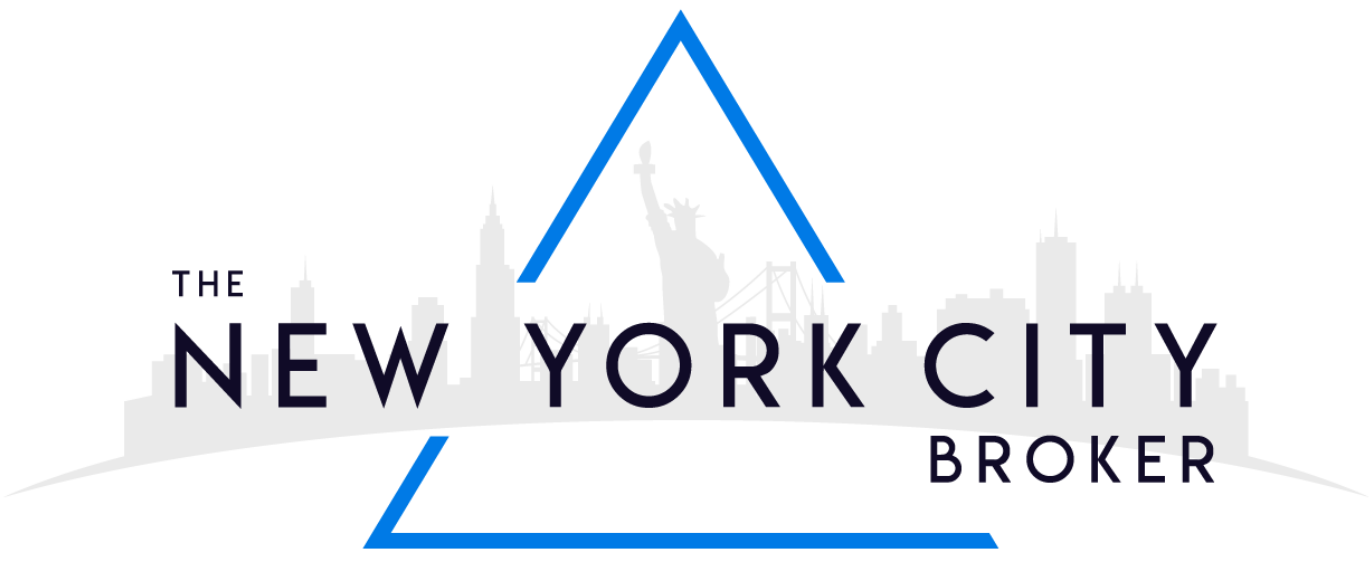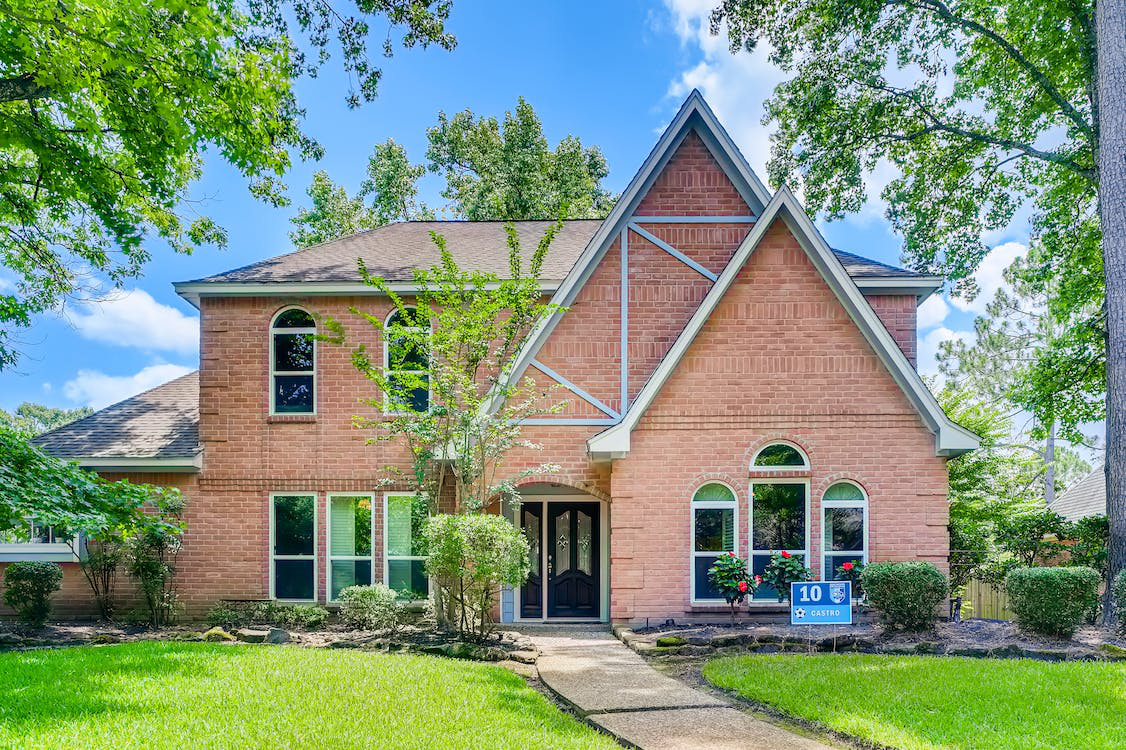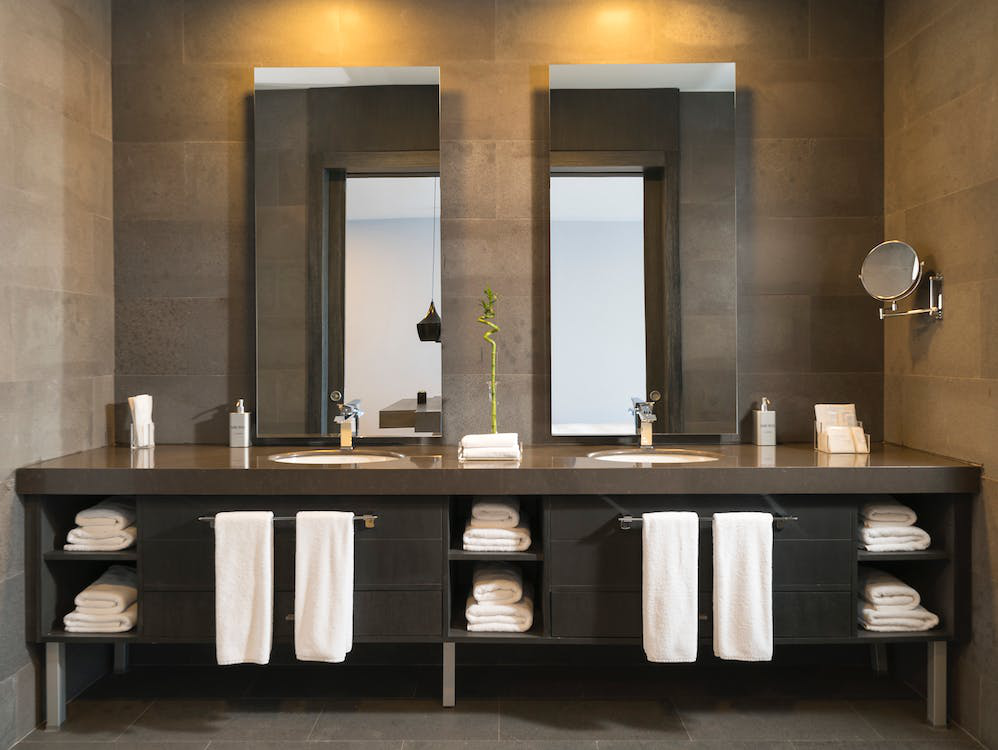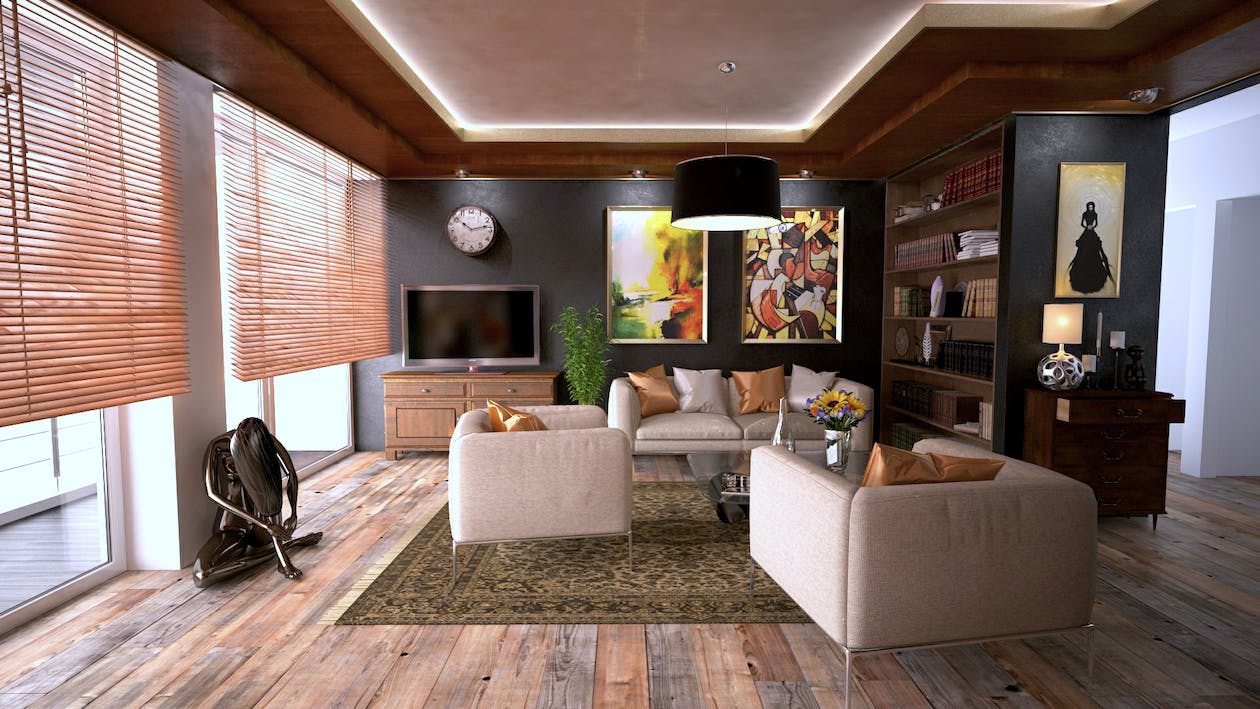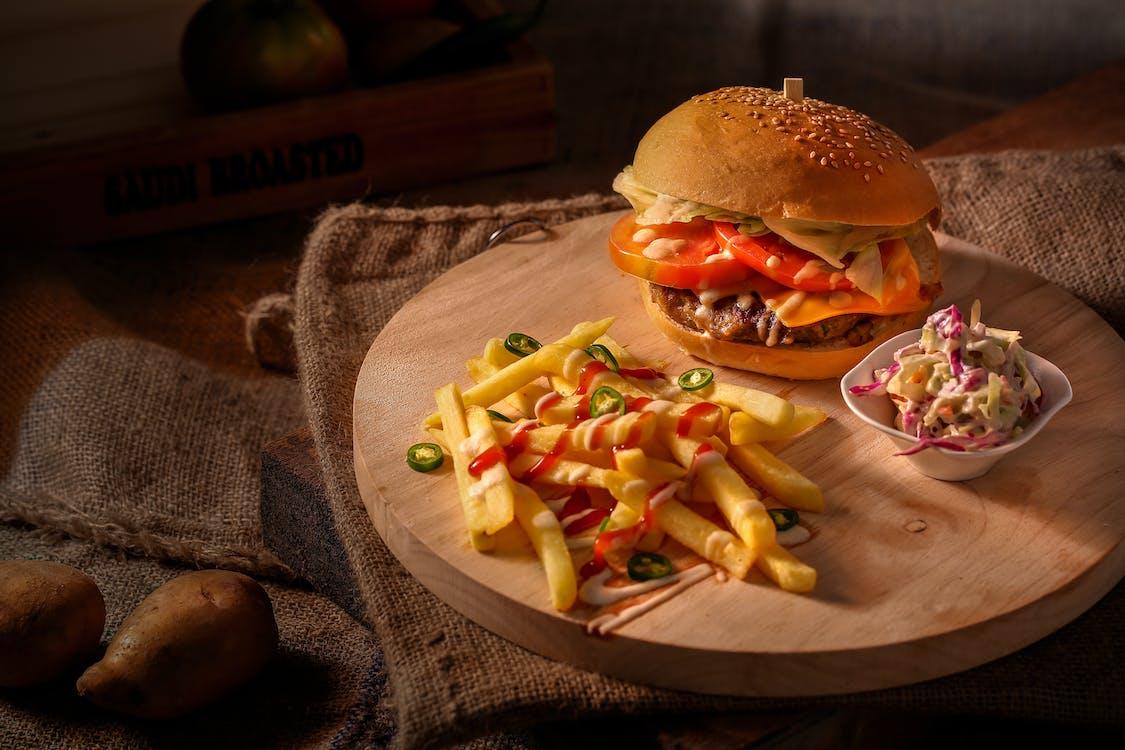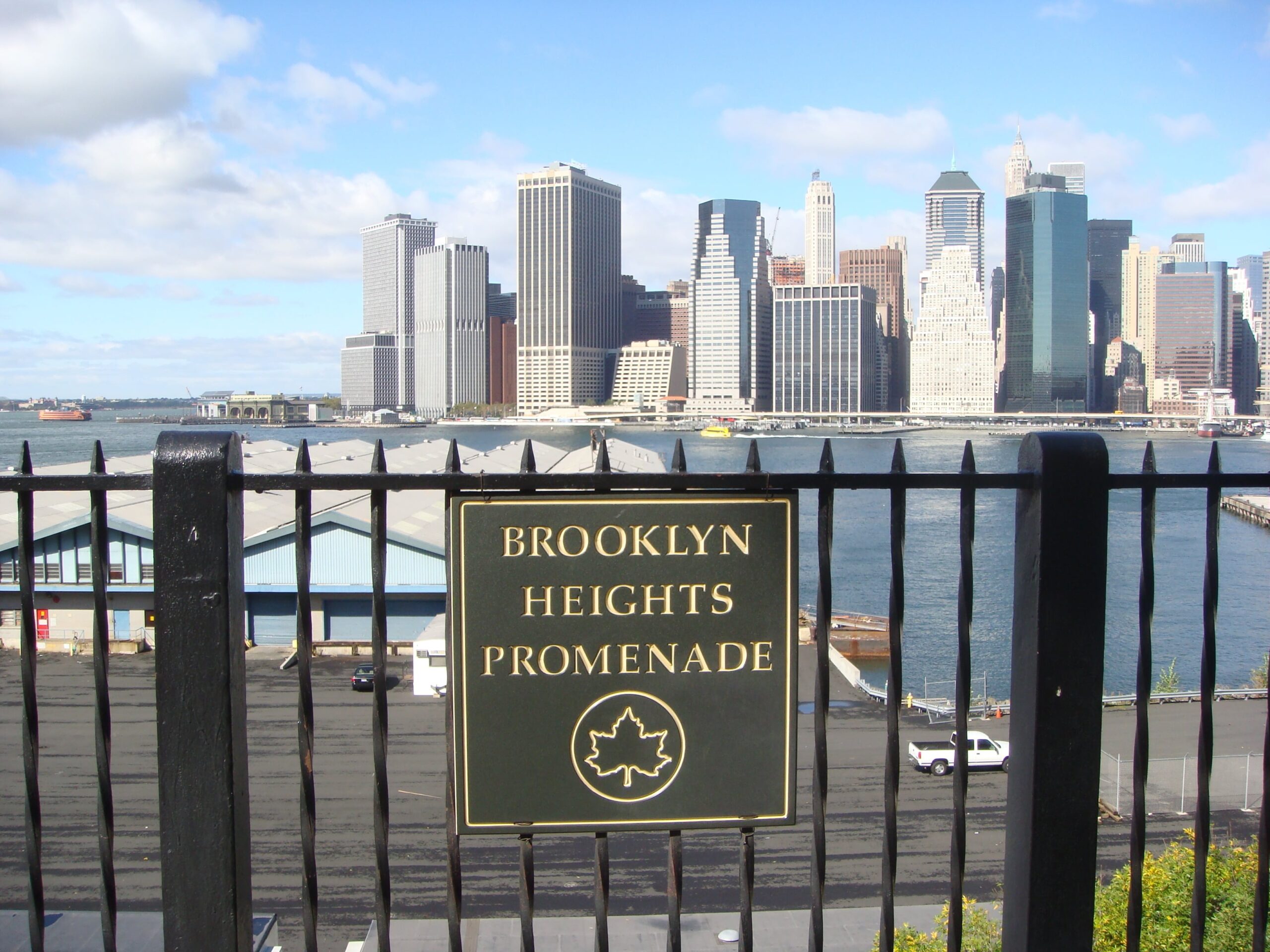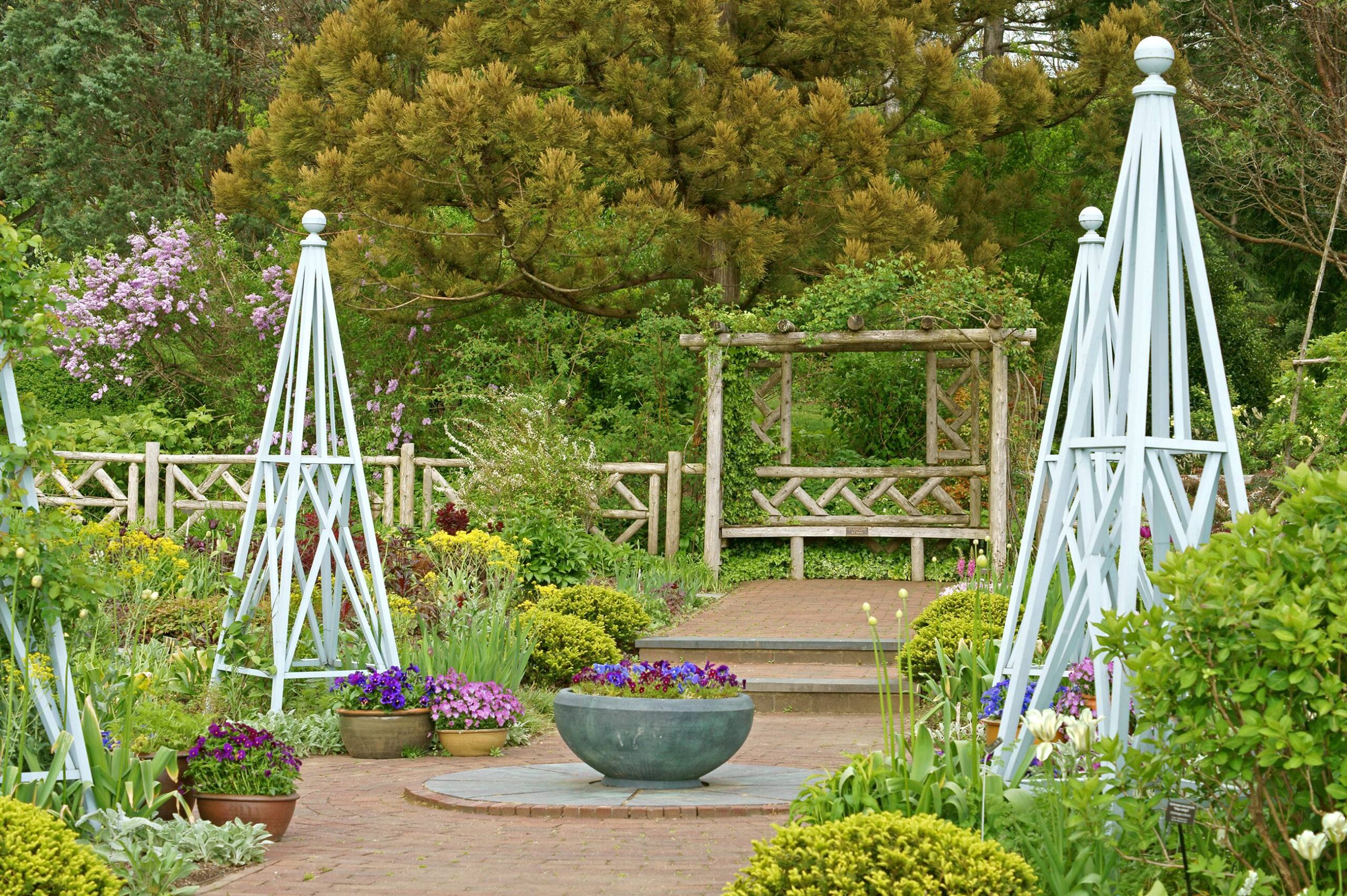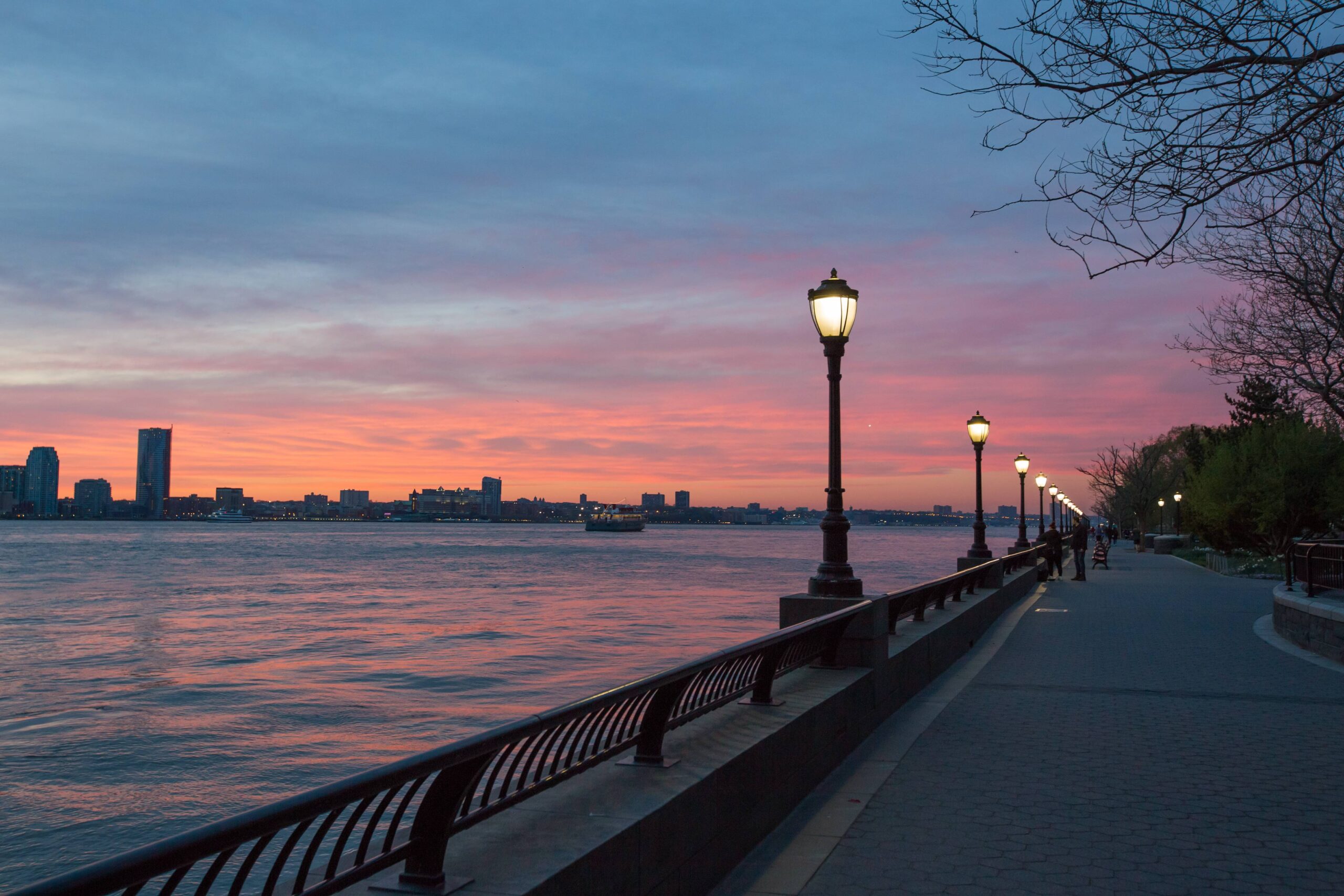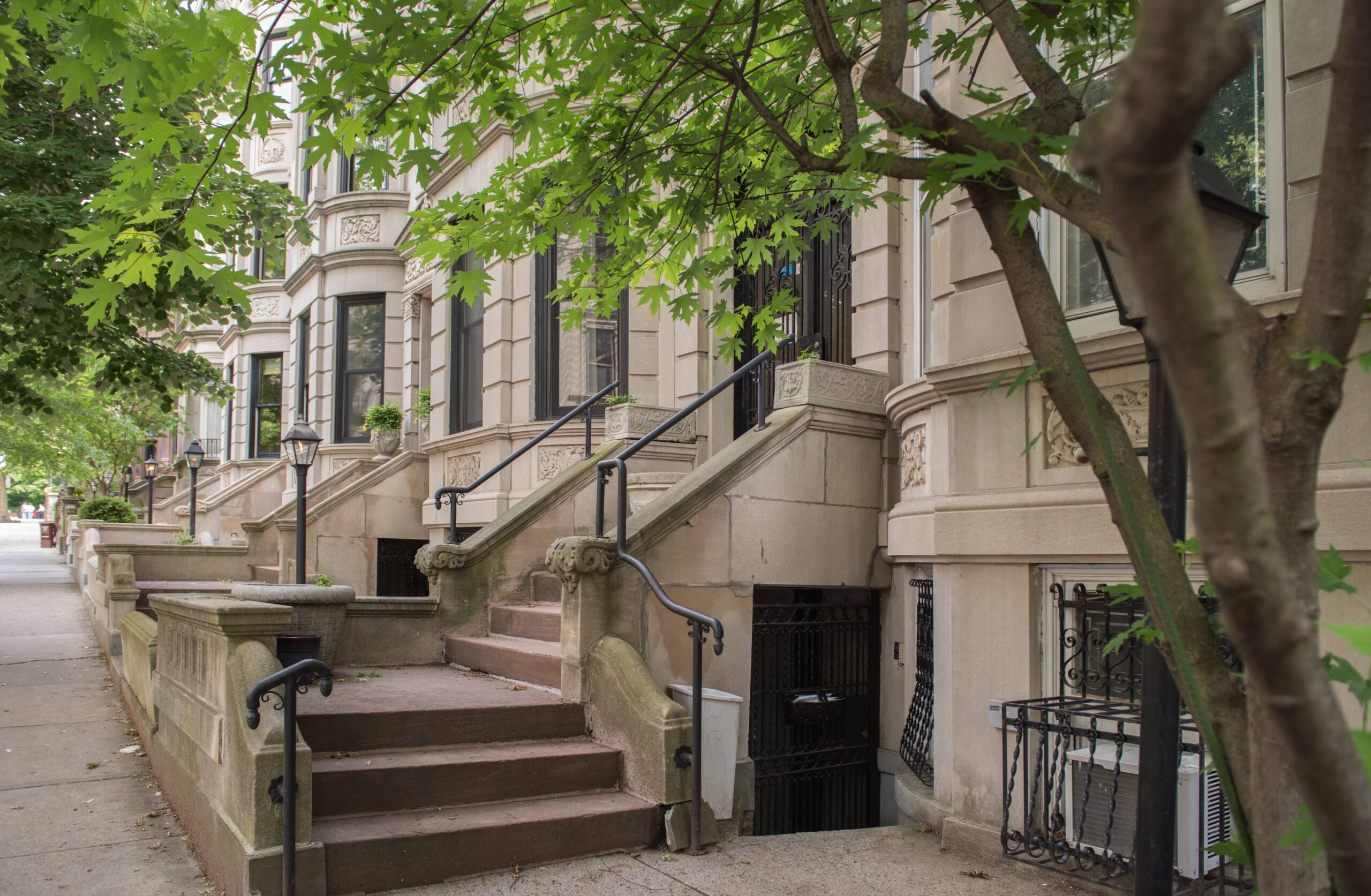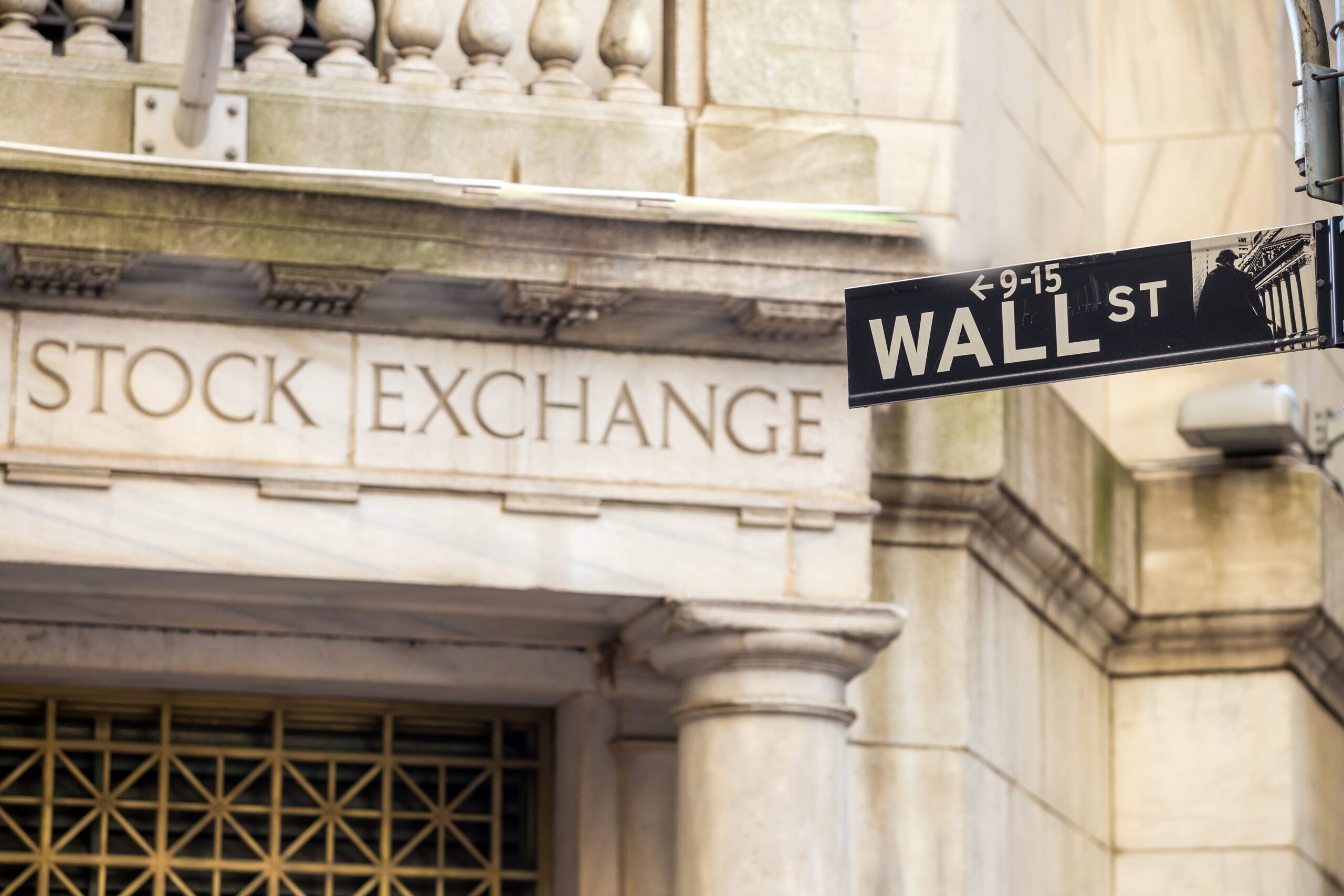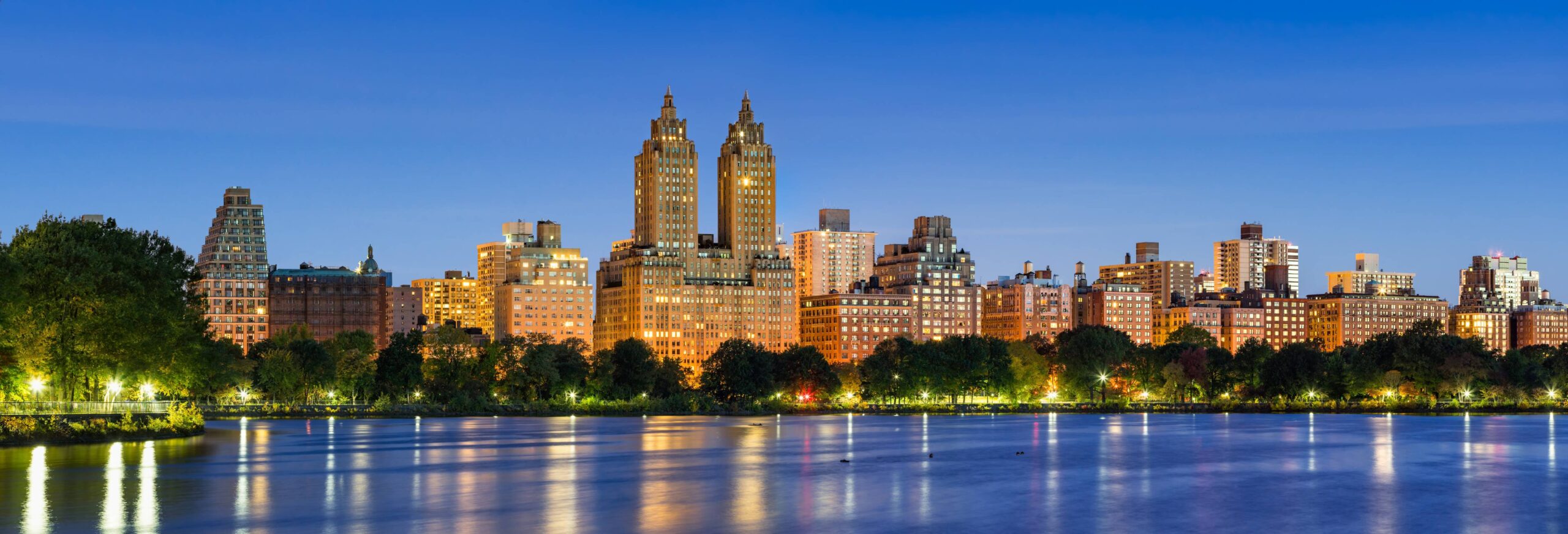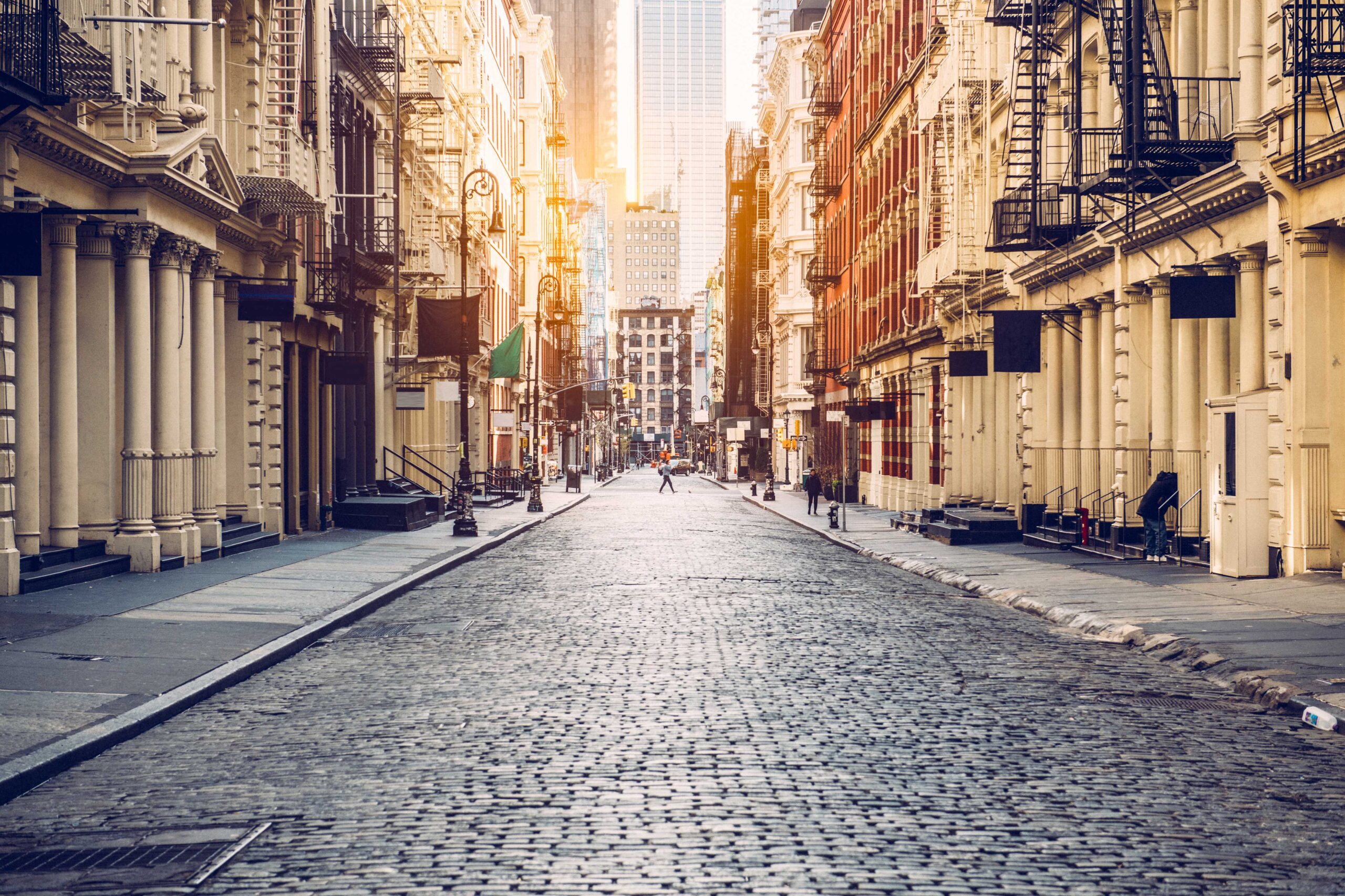DUMBO is one of the few neighborhoods in NYC with a fun name, though its “christening” had very serious roots. Once an enclave for artists, the neighborhood still retains its artistic spirit.
Geography
DUMBO covers .050 square miles of area. It’s bordered by the Brooklyn Bridge on one side and Bridge Street on the other. The other two sides are York Street and the East River. The Manhattan Bridge “bisects” DUMBO, though not neatly.
History
The neighborhood we now call DUMBO was passed down from Native Americans to Dutch in the 1600s, then to the British in 1700s, and finally to Americans in 1789. It experienced an industrial (and social) transformation in the 1800s which continued all the way to the 1900s.
An industrial exodus coupled with the Great Depression changed the industrial landscape and turned it into a haven from artists chased out by other neighborhoods going through a renewal. The neighborhood itself was officially rezoned in 1997.
DUMBO started attracting a lot of tech businesses in the 2000s. It is currently home to the headquarters of tech companies like Etsy and Amplify.
Origin of The Name
DUMBO or Down Under the Manhattan Bridge Overpass, like many other NYC neighborhoods, got its name for its location. However, unlike many that were named by officials, DUMBO was named by its residents (a naming committee made up of four people) in 1978.
It was one of the two names suggested (DUMBO and DANYA) at a time when the development/renewal pressure was threatening to turn the current tenants away from the lofts in the neighborhood. DUMBO was selected (ironically) to keep developers and wealthy buyers away from the place.
The name DUMBO is not associated with the movie of the same name that came out decades before. The neighborhood was also referred to as Gairville, after Robert Gair, who had many concrete buildings constructed in present-day DUMBO. Older names for DUMBO are Olympia, Walentasville, and Rapailie, though they might not have the exact same geographic boundaries as today’s DUMBO.
Main Attractions of The Neighborhood
DUMBO can be a food-lover’s dream neighborhood, but only if you know the right food establishments.
- Cecconi’s DUMBO (55 Water St): Famous for classic Italian pizzas and other dishes and a great waterfront view, it’s one of the most heavily reviewed food places in DUMBO.
- Celestine (1 John St): It’s another restaurant by the river that serves Mediterranean food.
- Juliana’s (19 Old Fulton St): It’s often cited as one of the best pizza places in New York (debatable), especially if you love coal-fried pies.
- The River Café (1 Water St): With one Micheline star, the River Café is famous not just for its food, but its gorgeous location as well.
- Westville DUMBO (81 Washington St): As a New-York-native food chain, Westville has restaurants in various neighborhoods, including DUMBO.
If it is historical and other famous buildings you are looking for, DUMBO will not disappoint.
- Empire Stores (53-83 Water St): Originally built in the 1800s as a warehouse complex, Empire Stores are now part of DUMBO’s iconic waterfront.
- Clock Tower Building (1 Main St): This building was once part of Robert Gair’s (an important figure in DUMBO’s history) industrial structures. It was converted into a condominium building in 1998 and its penthouse was once the most expensive condo sold in Brooklyn.
- Olympia (30 Front Street): This 270-feet high structure is the tallest building in DUMBO.
- 60 Water Street: It’s a 17-story mixed use building known for its modern architecture.
- J Condominium (100 Jay St): This 33-story building is one of the most recognized structures in the neighborhood.
DUMBO’s attractions cover both historical places and amazing views.
- Jane’s Carousel (New Dock St): It’s a vintage carousel that was restored in 1922.
- Empire Fulton Ferry (1 Water St): The riverside park that touches on the famous Fulton Ferry boundaries and houses Jane’s carousel.
- Brooklyn Bridge Park (2 Furman St): While it does not purely belong to DUMBO, it’s one of the main attractions of the neighborhood.
- Center for Brooklyn History (128 Pierrepont St): If you are interested in the history of Brooklyn told through material/pieces stretching back 157 years, this is the place to visit.
- Intersection of Washington Street and Water Street (Brooklyn, NY 11201): It’s one of the most Instagrammed places in DUMBO, since it combines a stunning view of Manhattan Bridge with the cobblestone street.
What Is DUMBO Known For?
DUMBO is known for:
- Being one of the most expensive neighborhoods to buy a condo in (Brooklyn).
- Art scene, including galleries, exhibitions, performances, and even its murals.
- Old industrial architecture (warehouses, brick buildings, lofts) and cobblestone streets.
- Good restaurants (though not among the top NYC neighborhoods).
Population
DUMBO is home to about 5,000 people (estimated). It is right in the middle of one of the most expensive neighborhoods in NYC list.
Interesting Facts About DUMBO
- Robert Gair (Gairville), the person the neighborhood was briefly named after, invented the folding carton.
- In 1812, DUMBO became home to the first school for black children in Brooklyn.
- The largest concrete reinforced building in the world in 1905 was commissioned by Robert Gair and constructed by Turner Construction Co., was in DUMBO (55 Washington Street).
